To receive constructive — and effective — feedback, we simply need to ask for it.
We often find ourselves in situations where feedback on our work isn’t helpful. Perhaps it’s too detailed too early, or maybe it’s too extensive too late.
How many times has a presentation, or even a project, been derailed because we didn’t signal to our audience what we were showing them, and why, where our progress was, and what constructive comments we needed from them?
When people don’t have something significant to offer, or we don’t tell them what kind of feedback we're seeking, they tend to search for anything at all to mention… usually with good intentions. This is where “can we change the blue...” tends to come from 😩
The psychology behind this is that people feel they’re expected to comment.
Sometimes it can be the expectancy effect — where a group’s expectations about someone’s behaviour influences that person’s behaviour; at worst, it might be plain old seagull management — someone swoops in from nowhere, makes a lot of noise, dumps on everything, then flies off.
We can use a straightforward technique to structure the feedback we request, and offer.
30% vs. 90% feedback
We make the road by walking;
the way you really learn is to start something
and learn as you go along
Paulo Freire & Myles Horton
At the start of a briefing / presentation / critique / shareback / showcase * — simply state which stage of progress the work is at, and ask for suitable comments.
* enter your preferred gathering of humans
If it’s 30% complete, ask for 30% feedback. If it’s 90% complete, ask for 90% feedback.

When you’re 30% done...
You have a rough idea, and you’re still in the early days of figuring things out.
When starting a piece of work we know the least about what it is we need to do. We’re making decisions with the least possible information. The beginning of a project moves much faster than the last stretch, so request feedback early and often.
At this point, you need feedback which confirms or corrects the direction. Comments on pixels or punctuation aren’t helpful as everything can change.
You’re asking your audience: “Are we on the right track?”.
In terms of responses, seek:
- if it makes sense
- first impressions on the concept
- if it meets relevant customer and business needs
- suggestions for other people or teams to involve
- if everyone’s aligned and in agreement
- any high-level insights
- challenges to scope
- proceed / abandon decisions

When you’re 90% done...
You’re almost finished.
Strategic or concept feedback has already happened, and many things are locked in. Everyone should be aligned *, and what remains are finishing touches. That’s not to say you launch something no matter what, or that you can’t make last minute major changes; but this can be stressful and costly, and should be the exception to the rule.
* a whole article in itself, another time
At this point, you do want people to sweat every tiny detail.
You’re asking your audience: “Is there anything we’ve missed?”.
In terms of input, seek:
- typos and shoddy grammar
- jargon, complex, or excluding language
- inappropriate tone and emotion
- ambiguous messaging or focus
- complex information, structure, or syntax
- layout and formatting glitches
- janky usability or interactions
- unclear calls-to-action
- visual inconsistencies; well... any inconsistencies, really
- performance issues
- accessibility gaps
. . .
When requesting input on your work, state how far along you are and what you’d like feedback on. People respond positively to being given edges, and it'll help orient them how to be most effective.
I enjoy the simplicity and contrast of 30% vs. 90%; but you can also consider:
- 5% feedback — do we agree on the problem we think we’re solving?
- 30% feedback — are we on the right track?
- 60% feedback — is the solution sound, will we meet our goals?
- 90% feedback — is there anything we’ve missed?
- 100% feedback — what have we learnt, and will try differently next time?

